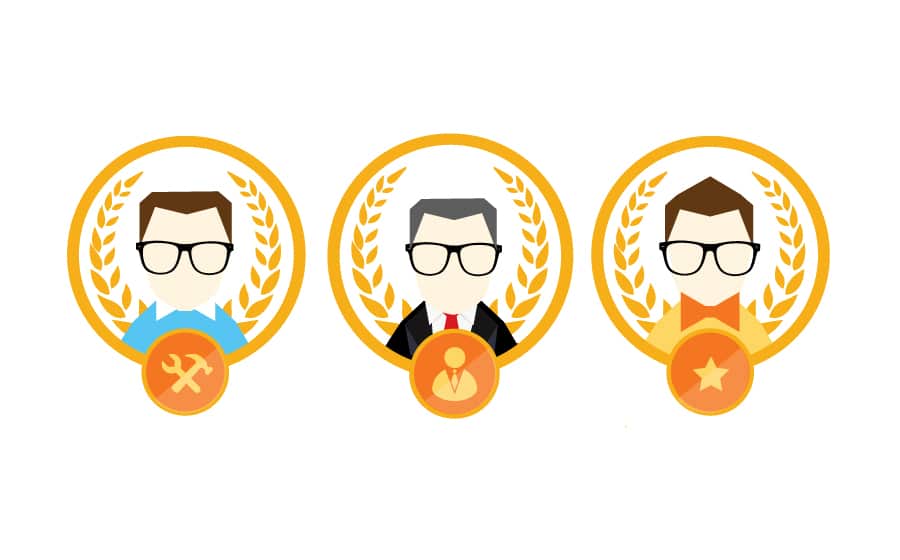If microlearning is information distilled into small bites, nanolearning are tiny nibbles of the same. At least, that’s how the Apple Watch will deliver bits of information to the user. With limited space (and even less attention span), the rise of the Watch promises to add an entirely new layer to current eLearning efforts.
The Watch is set to release on April 24th, and all eyes are on Apple to prove its value. With fairly healthy interest in the product, Apple must show current customers that the Apple Watch – as a standalone product – is as vital to a user’s convenience as the monstrously successful iPhone. Proving that the Apple Watch can do things that an iPhone can’t and showing that the two can work in tandem for a user’s benefit will be the main challenge in justifying the $350 baseline price.
Why Nanolearning?
That’s where nanolearning comes into play: To establish the necessary nature of the Apple Watch, Apple must first prove that a smaller screen and faster access offers significant user benefit. The iPhone has already revolutionized the way that we get information; from displaying a map on the screen or asking Siri a question. The Apple Watch, then, delivers even smaller bites of information in faster time.
Think about it: You’re going for a run and need quick access to your heart rate. The Apple Watch can automatically show you, which is a form of nanolearning. Asking your Apple Watch to ask your coworker a question, and then displaying his answer; that’s nanolearning too. Any time the Apple Watch can give you immediate access to information – no matter how small – could be another step toward creating another Apple must-have.
The Best is Yet to Come
While we can definitely hypothesize about the worth of the Apple Watch, only time will tell (pun intended). With developers furiously coding apps for a new type of product, the tech world (and the ed-tech world for that matter) has only scratched the surface as to how the Apple Watch might be used and how to harness the power of an entirely new eLearning design medium. Sure, it’ll be great for quick access to messages, calendar events, and even make calls, but greater benefits might be access to health information, voice controls, and lightning-fast access to the smallest bites of necessary and digestible information.
Add the Apple Watch’s capacity for information sharing and the familiarity of an Apple product, and the Apple Watch may have the ability to succeed where other similar products have failed.






